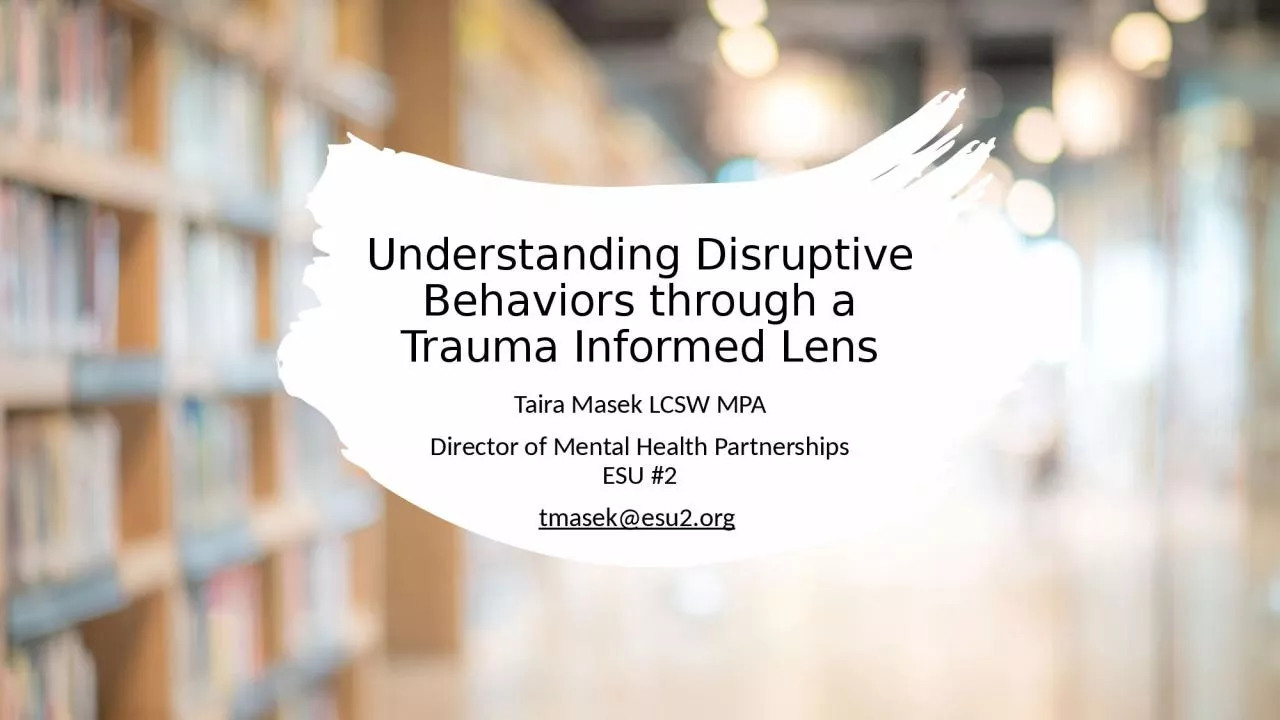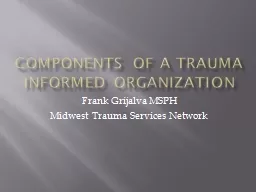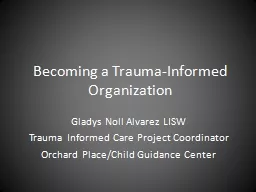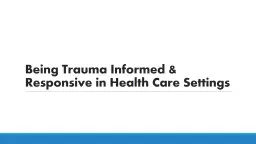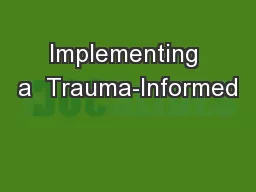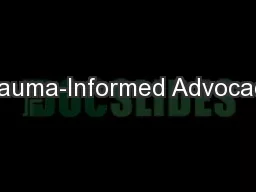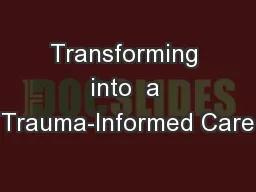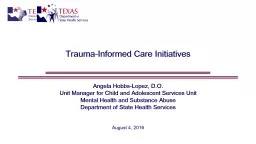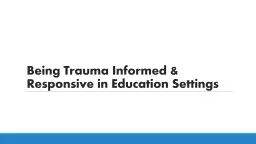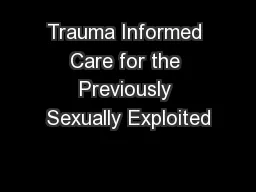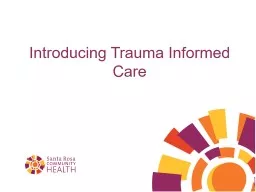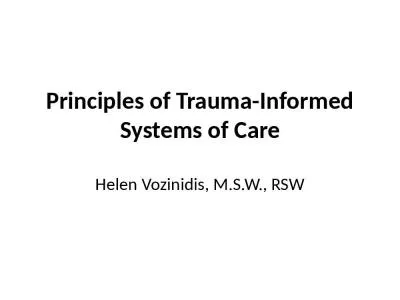PPT-Understanding Disruptive Behaviors through a Trauma Informed Lens
Author : eve | Published Date : 2024-01-29
Taira Masek LCSW MPA Director of Mental Health Partnerships ESU 2 tmasekesu2org Outline Trauma and Behavior 3 key things to understand 1 Brain Development 2 Attachment
Presentation Embed Code
Download Presentation
Download Presentation The PPT/PDF document "Understanding Disruptive Behaviors throu..." is the property of its rightful owner. Permission is granted to download and print the materials on this website for personal, non-commercial use only, and to display it on your personal computer provided you do not modify the materials and that you retain all copyright notices contained in the materials. By downloading content from our website, you accept the terms of this agreement.
Understanding Disruptive Behaviors through a Trauma Informed Lens: Transcript
Download Rules Of Document
"Understanding Disruptive Behaviors through a Trauma Informed Lens"The content belongs to its owner. You may download and print it for personal use, without modification, and keep all copyright notices. By downloading, you agree to these terms.
Related Documents

